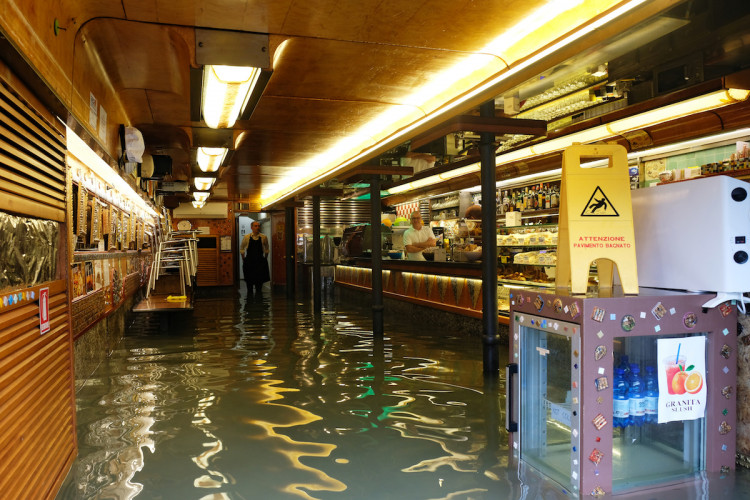The severe storm that pummeled Australia's largest city with four days of torrential rain has moved away from Sydney, satellite photographs revealed on Wednesday, although river levels remained over danger limits, forcing more evacuations.
Prime Minister Anthony Albanese told reporters during a visit to the Sydney suburb of Windsor, "This is still a hazardous situation, and we must respond accordingly."
More than 85,000 people in New South Wales, the majority in Sydney's western suburbs, were requested to evacuate or warned they may be required to do so during the third significant flooding event of the year, up from 50,000 on Tuesday, according to authorities.
Albanese was visibly frustrated by the government's response when he visited a volunteer emergency relief facility.
"Everyone is talking about fixing the same problem... nothing has changed," a local resident told Albanese in television footage. The residents are always prepared, while the government is rarely so.
Flood victims will get a one-time emergency cash payment of A$1,000 ($680).
Two years in a row, the weather on Australia's east coast has been dominated by the La Nina phenomena, which is normally associated with more rainfall.
Although La Nina stopped in June, there is a 50/50 probability that it will return later this year, according to meteorologists.
The intense system of low pressure off the east coast advanced to the center of the north coast of New South Wales, spanning more than 300 kilometers (186 miles), with the meteorological bureau projecting more than 200 millimeters (8 inches) of precipitation in some regions over the course of six hours.
Since Saturday, massive rains have poured into Sydney's river catchments, which were nearly full before the recent storm, and authorities have warned that the flooding might linger until next week.
Rains and flooding compelled the Australian Rail Track Corp to shut down the main rail network bringing coal to Newcastle, the world's largest coal export port, on Tuesday night, although the operator expressed hope that the line will reopen within 48 hours.
Glencore, the largest coal producer in Australia, stated that its operations in the Hunter region of New South Wales had "short-term consequences" from the weather, but did not elaborate.
Since Monday, the port of Newcastle has had sporadic difficulties, but normal operations are scheduled to resume about lunchtime on Wednesday.
People were seen in social media footage transporting fuel and essential supplies to households cut off by flooding. Many stacked sandbags to defend homes and businesses, while emergency personnel rescued farm animals.






